Discover the World of Bears: Top 20 Fascinating Facts

Bears capture our imagination, unlike any other animal. Their sheer size, ferocious strength, and adaptable nature astound us. Of all the world’s creatures, bears may be the most legendary—appearing in myths, stories, and symbols for centuries.
Bears thrive in diverse climates across most of the world. From the solitary spectacled bear in South America to polar bears hunting on Arctic ice, bears reveal impressive resilience. While we often portray bears as gentle giants, they are complex, highly intelligent predators.
In this article, we’ll explore 20 fascinating facts about bears and what makes them so remarkable. Discover how bears communicate, their family bonds, symbolic meaning, and more about these awe-inspiring animals.
1. There are 8 bear species
The 8 bear species are:
Each species has unique physical characteristics and behaviors adapted to the environment where they live. For example, polar bears have thick blubber to withstand Arctic climates while sun bears have short fur for tropical jungles.
2. Bears live on every continent except Antarctica & Australia
Bears naturally live on 4 continents:
Humans introduced brown bears to Australia. No bears live in Antarctica since its climate is too extreme.
3. Bears are generally omnivores
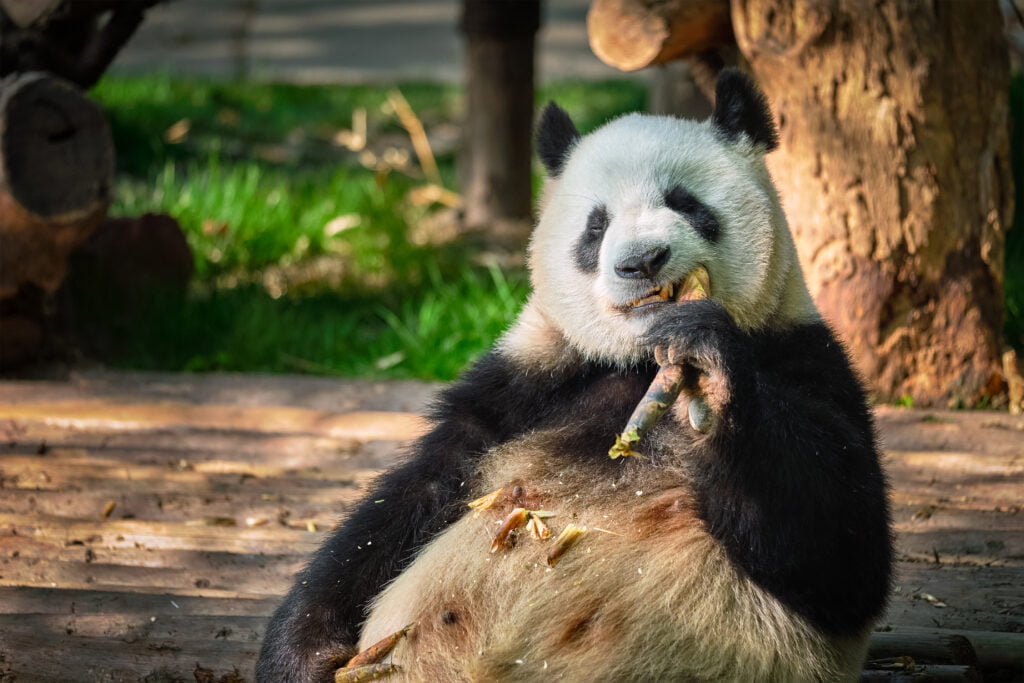
Most bears are omnivores, meaning they eat both plants and meat. Their diets vary by species and season.
For example, polar bears primarily eat seals, fish, and whales since few plants grow in the Arctic. Giant pandas mainly eat bamboo. American black bears eat grasses early in spring then feast on berries in summer and fall.
Being omnivores allows bears to adapt to different food sources based on availability.
4. Bears hibernate in winter
Bears enter a deep sleep called hibernation in winter. Their body temperature drops only slightly and they don’t eat, drink, urinate, or defecate the entire time.
- Duration: Hibernation lasts 2-6 months depending on latitude. Bears in colder climates hibernate longer.
- Why hibernate: Hibernation conserves energy when food is scarce.
- Pregnant females: Only pregnant female bears hibernate through the whole winter. Males and females without cubs may wake up and leave their dens periodically when it gets warm.
5. Bears have excellent senses of smell
A bear’s sense of smell is 7 times stronger than a bloodhound’s. They can detect scents over 20 miles away.
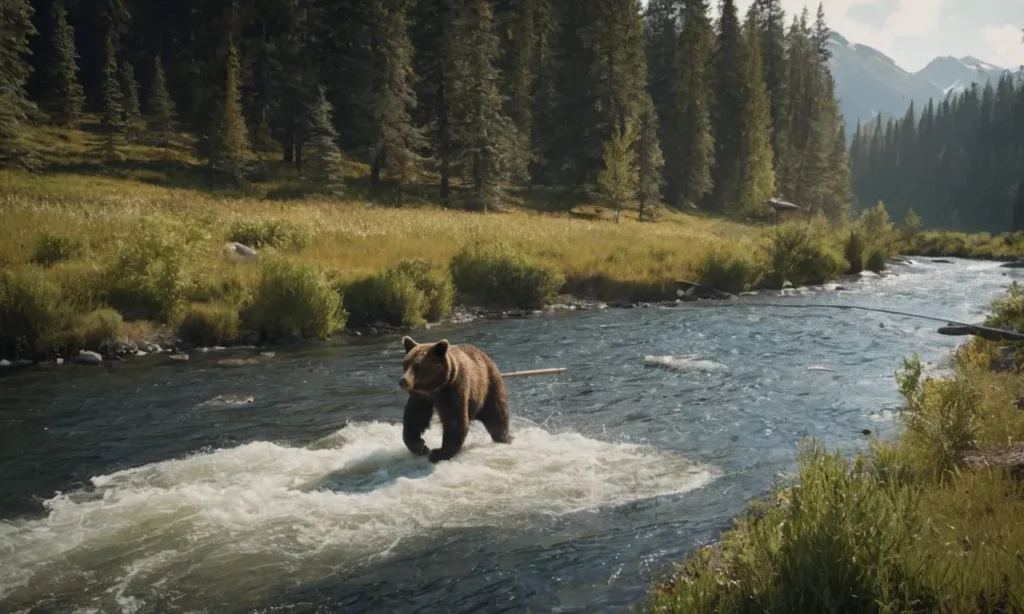
Bears use their keen sense of smell to:
6. Most bears are solitary creatures
With the exception of polar bear mothers with cubs, bears are usually solitary creatures. They roam large territories and avoid other bears except for mating.
Being solitary reduces competition for food and shelter. It also minimizes fights between bears that could lead to injury.
7. Bear claws are specially adapted
A bear’s 5 claws on each front paw are strong enough to dig dens and tear apart logs looking for insects. Their curved, pointed claws can grow over 4 inches long.
However, a bear’s back paws have shorter, straighter claws that provide traction when standing. The claws are also non-retractable, meaning they cannot be withdrawn.
8. Bears communicate through sounds & body language
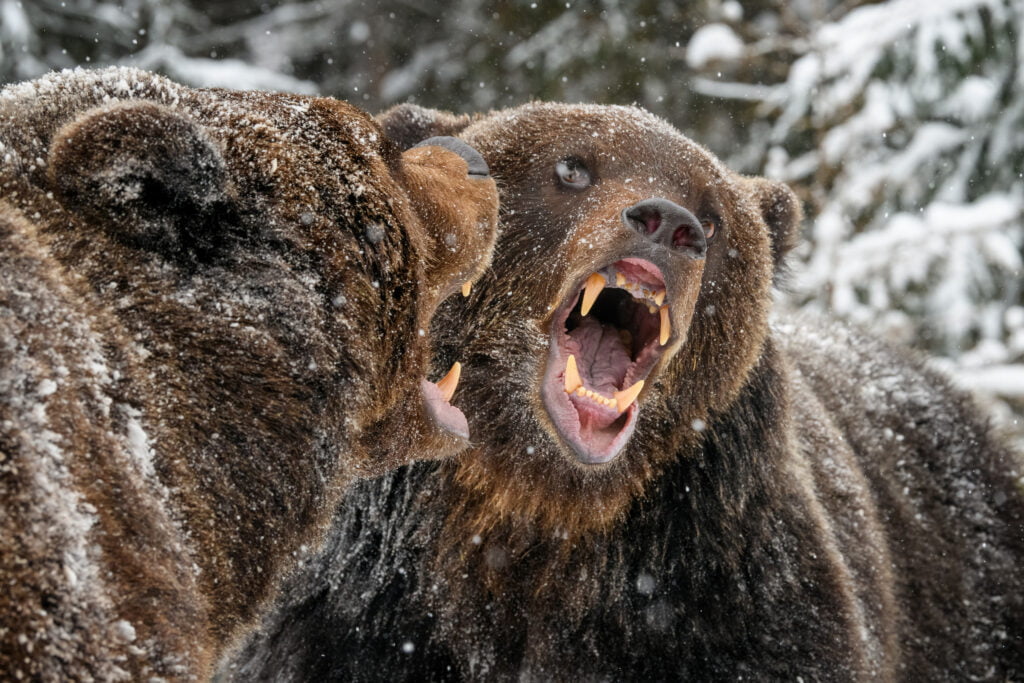
Bears use noises, scents, and body language to interact with each other.
Bears may also rub against trees and objects to leave their scent as territorial markers.
9. Mother bears are very protective of cubs

Mother bears are fiercely protective of their cubs. They isolate themselves from males and teach cubs how to hunt, forage, and defend themselves.
Cubs stay with their mothers for 1.5-3 years depending on species. Mothers will even fight off predators like wolves or defend cubs from adult male bears that try to kill them.
10. Bears reach breeding maturity between 4-8 years old
The age when bears first reproduce depends on their species:
Bear pregnancies last 6-9 months including delayed implantation. Usually 2 cubs are born.
11. Bears can run up to 40 mph
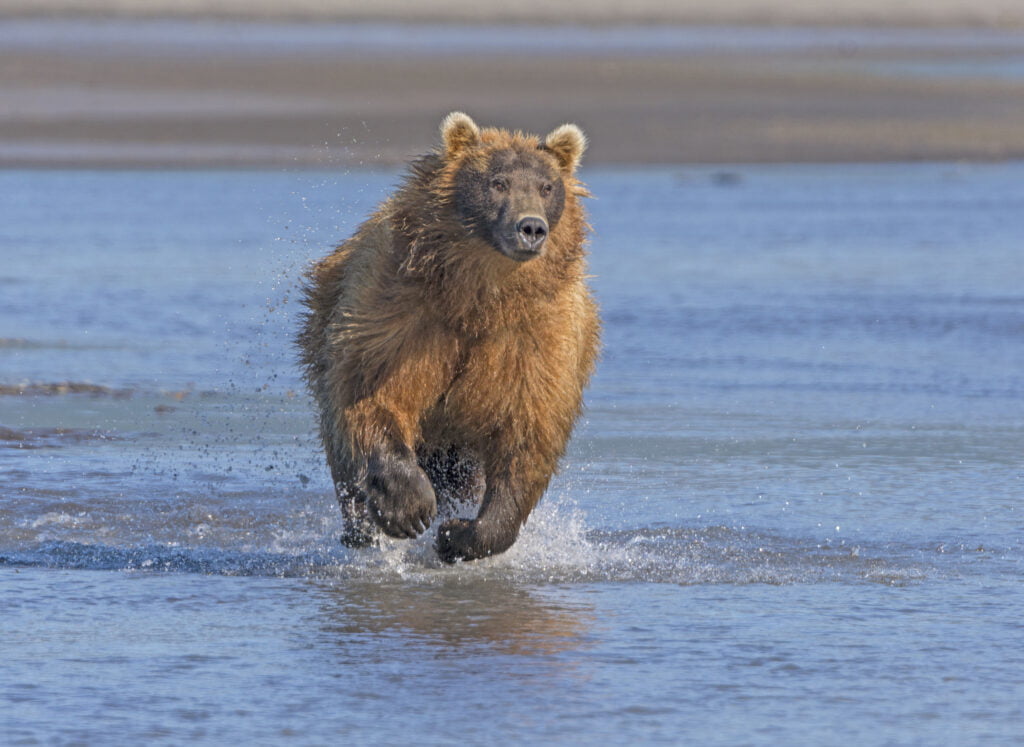
Despite their lumbering appearances, bears can reach speeds up to 35-40 mph over short distances. This is almost as fast as gray wolves.
Their powerful hind legs help bears stand up, climb steep slopes, and lunge short distances. Their long front claws help grip the ground while sprinting.
12. Sloth bears have long shaggy fur
The sloth bear of South Asia is named for its long, shaggy black fur. This fur keeps them warm and protects them when climbing trees.
Sloth bears also have whitish “V” or “Y” shaped markings on their chests. These unique patterns make each bear distinct.
13. Spectacled bears get their name from light fur markings
Spectacled bears are named after the yellowish or white “spectacle”-like markings around their eyes and muzzle that resemble glasses. These markings are individually variable between bears.
The spectacled bear is the only bear species that lives in South America. It inhabits the Andean mountains.
14. Polar bears have black skin under their fur

A polar bear’s outer fur appears white or off-white. However, their skin underneath is actually black. The transparent hollow guard hairs of the polar bear coat scatter light to give the impression their fur is white.
Having black skin under their coat provides several advantages:
15. Giant pandas eat up to 40 lbs of bamboo daily
Giant pandas spend 10-16 hours a day feeding and can eat 12-40 lbs of bamboo. They use an elongated wrist bone that functions like an opposable thumb to grip bamboo.
Pandas digest only about 17% of the bamboo they eat. Their adaptations allow them to extract enough nutrition to survive almost solely on bamboo.
16. Bears groom themselves regularly
Bears keep their coats in good condition by grooming regularly. They rub against trees and rocks to scratch themselves and remove loose fur.
Their long tongues have small backward-facing barbs ideal for pulling out fleas and ticks. Their claws are great for scratching hard to reach places.
17. Bears have served as symbols in many cultures
Various cultures have looked to bears as symbols of strength, courage, and love. Native American tribes respect bears as intelligent beings with medicine powers.
The brown bear is a national symbol of Russia. Pandas are the national treasure of China. The bear is Finland’s national animal.
18. Bears feature prominently in myths & legends
Bears play major roles in the myths and legends of many cultures:
19. Bears can stand up to 10 feet tall
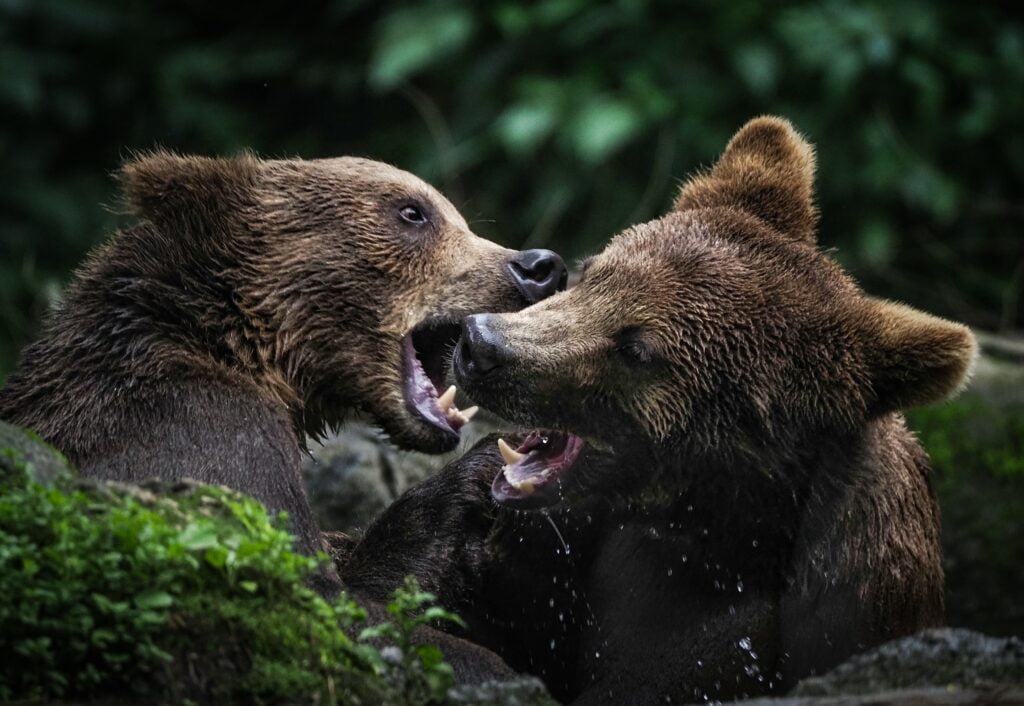
When standing fully upright on their hind legs, bears can reach imposing heights:
Standing up helps bears detect scents, see further, look bigger, and intimidate rivals.
20. Bears have served as inspiration for popular characters
Many beloved fictional characters arose from our fascination with bears:
Conclusion
These timeless stories keep the spirit of bears alive in literature and our collective imagination.
Bears continue to fascinate us with their power, intelligence, and adaptability. Their diversity and complex behaviors make them exceptionally remarkable creatures. These 20 interesting facts only scratch the surface of what makes bears so iconic.
From their symbolic meaning in legends to their loving bonds with cubs, bears reveal their wild spirit while demonstrating recognizable behaviors. As climate change and habitat loss threaten some bear species, learning more about these majestic animals can help us protect their future. Respecting bears for their true nature as intelligent, social beings is key to living in harmony with these giants.





